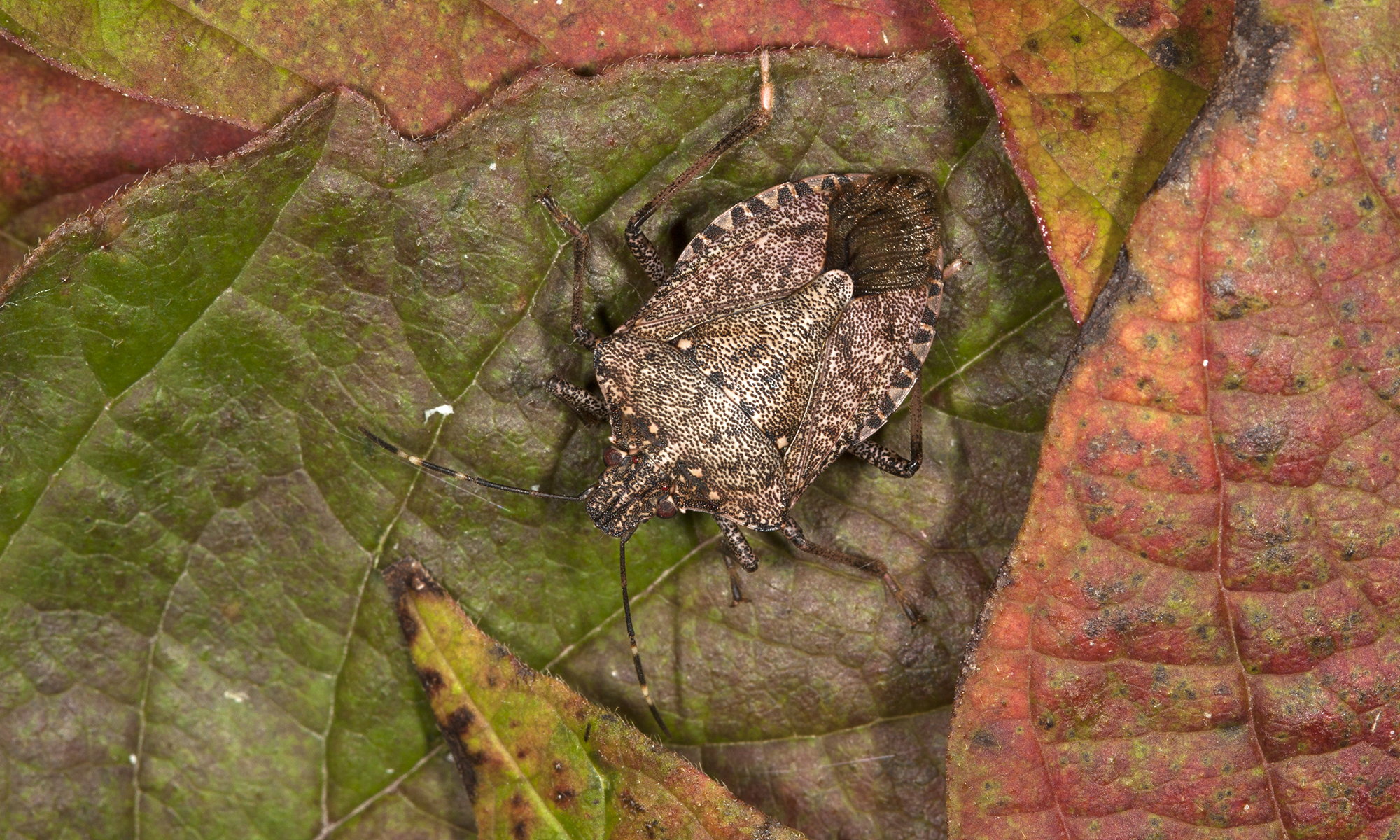Field Crops Surveys
Illinois is the #1 producer of soybeans and #2 producer of corn in the nation. Marketing of Illinois agricultural commodities generates over $19 billion annually, with corn and soybeans accounting for 54% and 27% of those profits, respectively. A significant contributor to international trade, Illinois accounts for 6% of all U.S. agricultural exports and is the nation’s second leading exporter of soybeans, feed grains, and related products.
Historically, Illinois corn and soybean production have suffered significant injury, yield reduction, and damage costing billions of dollars due to insect pests such as the western corn rootworm, European corn borer, Japanese beetle, and soybean aphids. Of additional concern are a number of pests that, while not yet widely established or present in Illinois, represent a potential threat not only to corn, soybeans, and several other agricultural commodities. Old World bollworm was first detected in the continental U.S. in 2015, and its morphology and capacity for significant damage to feed and sweet corn are nearly identical to that of its native congener, corn earworm. Furthermore, both species are increasingly resistant to pyrethroid insecticides. Silver Y moth is not known to occur in the U.S., but risk maps indicate that Illinois’ climate and host range could readily facilitate its establishment. The curcubit beetle poses a risk to crops already infested with western corn rootworm, particularly in conjunction with rising levels of pest resistance to genetically modified corn seed. We continue to monitor brown marmorated stink bug populations in Illinois in response to worrisome yield loss estimates in several crops from the Mid-Atlantic region. Similarly, soybean loss estimates in the southern U.S. due to kudzu bug indicates a need for awareness of this pest in Illinois. Agricultural pathogens are also of concern; recent confirmations of tar sport of corn and bacterial leaf streak in the state confirm the dynamic and ever-changing landscape of crop disease. Late wilt of corn, Philippine downy mildew, and Java downy mildew also remain on our radar and will be included in visual survey efforts.
Orchard Survey
The Illinois specialty crops industry is an important Illinois agricultural industry. This industry continues to grow, not only on a commercial level, but also as the small, local farm movement continues to gain popularity. An orchard commodity survey will allow the state of Illinois to not only survey for invasives of high risk to this industry, but also help determine the presence or absence of pests that may have a significant economic impact on production.
Specialty crops represent a significant portion of Illinois’ agricultural production. More than 64 vegetables and 15 fruit and nut crops are grown on more than 100,000 acres, leading to a sales volume of close to $400 million. As with any commodity, several pests can negatively impact fruit production and the industry at large. Several of these pests are invasive species that are not known to occur in Illinois but are included on the USDA-APHIS-PPQ Priority List for Stone Fruit Commodities, such as light brown apple moth, summer fruit tortrix moth, and false codling moth. Other targeted pests include those that are currently present in the state and causing damage, such brown marmorated stink bug.
Asian Defoliator Survey
Of the 360 nonnative insect species that have become established in the United States, approximately 30% have become major pests impacting natural areas, community landscapes, agricultural interests, and green industry. Of additional concern are nonnative species not currently known to occur in the US, but at risk of introduction via well-established trade pathways.
Repeated US port interceptions of Asian Lymantria species including Asian gypsy moth, Japanese gypsy moth, Hokkaido gypsy moth, rosy moth, and nun moth demonstrate the ability of these species to enter the US via trade. Lymantriid moths deposit egg masses on flat surfaces such as cargo containers or stationary vehicles; their spread and establishment to new areas benefit significantly from anthropogenic movement. The seven-county Chicago metropolitan is a major hub for the movement of goods throughout the US, with approximately 25% of all freight trains and 50% of all intermodal trains in the US passing through Chicago. Additionally, the Chicago Metropolitan Agency for Planning (CMAP) forecasts that regional truck volume will surpass 1.2 billion tons by 2040 – a 71% increase from 2007 levels. These factors, when combined with Illinois’ temperate climate and suitable host tree density, could readily facilitate the establishment and spread of these nonnative moth species throughout the state as well as the greater region.
Specifically, these pests pose a risk to Illinois’ forest product industry and nursery trade, each a significant contributor to the state’s economy. According to the Illinois Forestry Development Council, solid wood and solid wood processing contributes an estimated $2.59 billion to the Illinois economy, while the logging industry adds an additional $122 million. Furthermore, the Illinois Green Industry (including nurseries, landscape contractors, and garden centers) supplies $5.2 billion to the Illinois economy. Undoubtedly, tree health and nonnative forest pests are of concern to Illinois.
